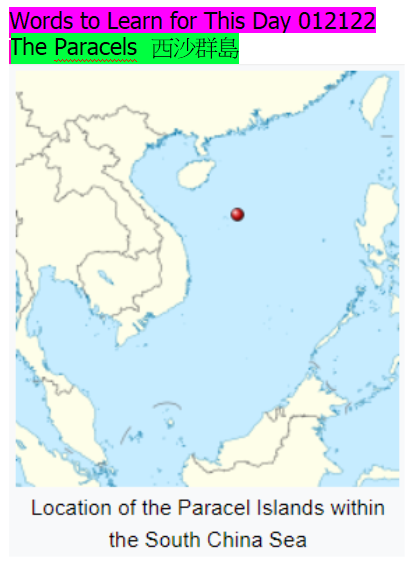
Newly acquired seismic data allow improved understanding of the architecture and evolution of isolated carbonate platforms on the continental slope of the northern South China Sea. The Xisha carbonate platforms initiated on a basement high, the Xisha Uplift, in the early Miocene and have remained active to the present. Their distribution is limited to pre-existing localized, fault-bounded blocks within the Xisha Uplift so individual platforms were small in size at the beginning of the Miocene. However, during the middle Miocene, the platform carbonate factories flourished across an extensive area with 55,900 km2. The platforms began to backstep in response to a relative sea-level rise in the late Miocene. Platform-edge reefs, patch reefs, pinnacle reefs, atoll reefs and horseshoe reefs, all developed on various platforms. The distribution of platform carbonates shrank significantly during Pliocene-Quaternary time to isolated carbonate platforms, represented today by Xuande Atoll and Yongle Atoll. Tectonics and eustasy were the two main controls on platform development. Tectonics controlled both the initial topography for reef growth and the distribution of platforms, including those that survived the drowning event associated with the late Miocene rapid relative sea-level rise. Eustasy controlled high-frequency carbonate sequence development.

South China Sea Energy Exploration and Development
The U.S. Energy Information Agency estimates that the South China Sea holds about 190 trillion cubic feet of natural gas and 11 billion barrels of oil in proved and probable reserves, most of which lie along the margins of the South China Sea rather than under disputed islets and reefs. The U.S. Geological Survey in 2012 estimated that there could be another 160 trillion cubic feet of natural gas and 12 billion barrels of oil undiscovered in the South China Sea. Beijing’s estimates for hydrocarbon resources under the sea are considerably higher but still modest in relation to China’s overall demand—the country’s oil consumption in 2018 is expected to top 12.8 million barrels per day… more

AUKUS (/ˈɔːkəs/, AW-kəs), also styled as Aukus, is a trilateral security pact between Australia, the United Kingdom and the United States, announced on 15 September 2021 for the Indo-Pacific region.[1][2] Under the pact, the US and the UK will help Australia to acquire nuclear-powered submarines.[3]
Why AUKUS is good to keep China at bay in Indo-Pacific
Jan. 7 – …With the advent of Australian nuclear submarines, the Chinese missile sites on the east coast will be threatened by the sub-surface attack platforms which can stay under water for months together in the South China Sea or the Indo-Pacific. The fact is that the AUKUS is a game-changer for the Indo-Pacific as even the latest AIP diesel submarines must surface, in effect betraying their positions, in weeks for charging their batteries. Thus, from a strategic perspective, the Australian nuclear attack submarines with conventional ballistic missiles as deterrents will allow US aircraft carriers to operate between the Chinese coast and the first island chain and also enforce laws of the seas and freedom of navigation in the South China Sea. As China is threatening Taiwan on a daily basis by breaching its air defence identification zone, it is for the US to speed up the SSN production for Australia as time is running out for Taipei and the security of the Indo-Pacific. quoted from Hindustan Time